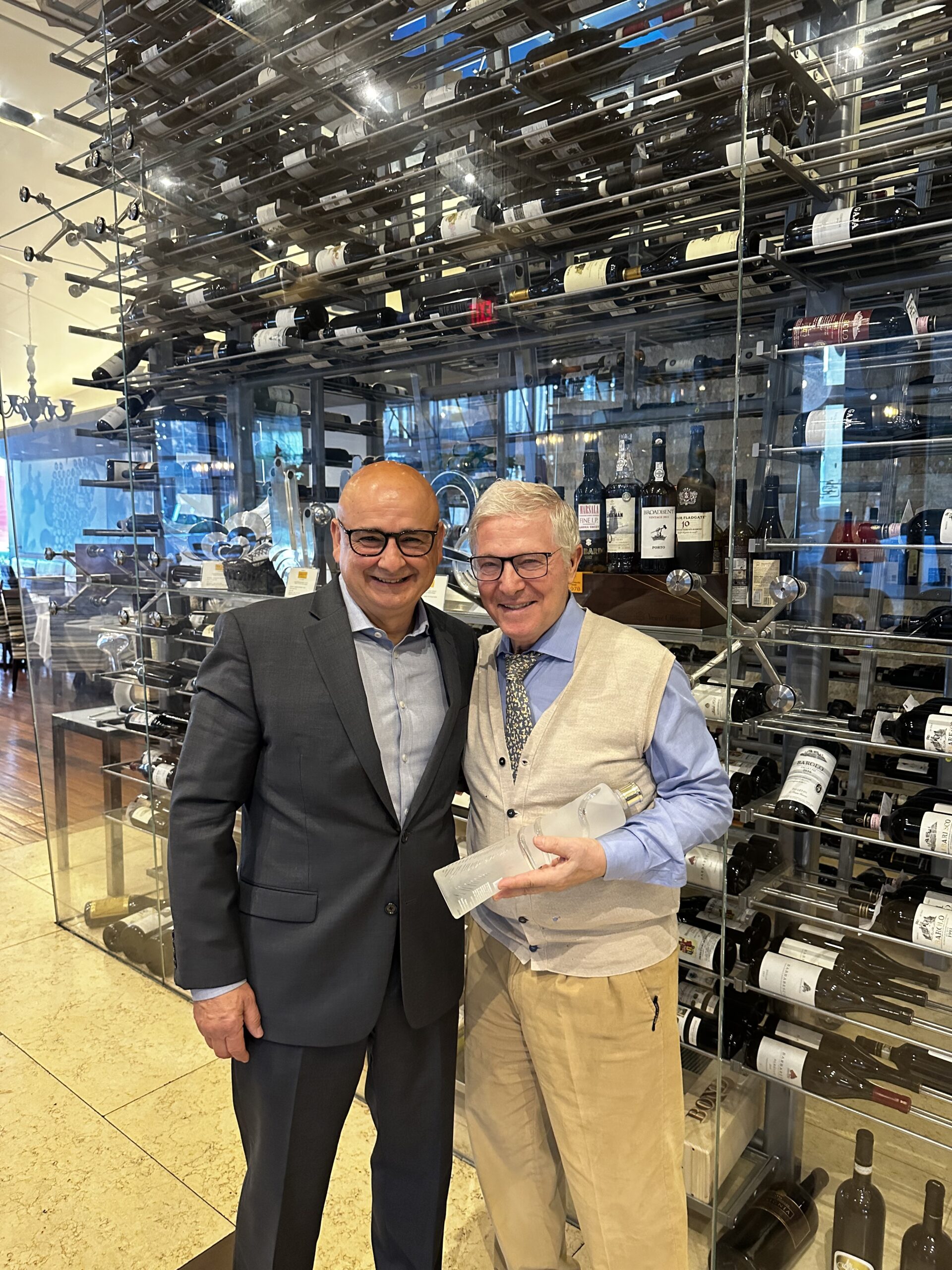What kind of year has it been for Italian wine in the US market? What are the prospects for Italian wine with the presidential change?
Nicola Angiuli, one of the largest importers of Italian wine in the US, tells us about 2024, expressing his impressions on the future of wine in the United States.
How did the 2024 vintage go for the placement of Italian wine in the United States?
Here in the U.S., unfortunately, wine and spirits sales have declined in 2024. However, Italian wine sales have increased. Italian wines provide excellent value and showcase a wide range of styles and grape varieties. This gives American consumers a variety of options as they look for new experiences.
This trend is also evident globally, as Italian wine exports have grown. The leading regions remain Piedmont, Tuscany, and Veneto, but we are seeing an increase in exports from Emilia-Romagna and Puglia. Notably, there is a growing interest in sparkling wines, and in 2024, for the first time, Italian sparkling wines surpassed our French counterparts in sales.
Additionally, I’ve noticed an increase in the popularity of natural wines and sustainable packaging. Interestingly, there has been a rise in varieties like Verdicchio and Pecorino, as well as other white wines. I mention this not to insult but because Italian red wines have traditionally dominated the market.

Which grape varieties have proven to be appreciated by the American palate and which less so?
That’s a great question, as there are many factors to consider. Generally, in the U.S., Cabernet Sauvignon is the dominant wine in the market. For Italy, we should highlight Sangiovese, Nebbiolo, Pinot Grigio, and Glera, among others.
Italy is known for producing more grape varieties than any other country in the world. American consumers are starting to appreciate this diversity, leading to a growing interest in lesser-known Italian grapes. Some of these varieties include Cannonau, Nerello Cappuccio, Susumaniello, Aglianico, Sagrantino, Friulano, Garganega, Erbaluce, Pecorino, and Greco. While there are many more to discover, I will limit this discussion to ten to keep the article concise.
After an hour of thinking, I cannot think of any Italian grape variety that the American palate does not appreciate.

Screenshot
Is the Susumaniello, that you have focused your attention on in the recent past, confirmed as a grape variety to be discovered in the New Continent also for 2025? Do you have other new proposals for the overseas market?
Susumaniello is turning out to be a wonderful discovery. In fact, some wine growers in California are taking notes, and I believe we will see California Susumaniello in the future. There are too many wines to list, but I believe all Italian sparkling wines deserve recognition, including Lambrusco. I would like to highlight the Nebbiolo areas in Northern Piedmont, such as Gattinara and Ghemme, for red wines, while Verdicchio should be noted for white wine. The most significant recommendation is for wineries to promote sustainable agriculture.
Are the US elections impacting the wine market?
During presidential elections, it’s typical for imported wine sales to decline while domestic wine sales increase. However, this election is different, as overall wine sales in 2024 have decreased. In fact, September witnessed the lowest wine sales of the year, and the largest distributor in the U.S. laid off around 3,000 employees.
In contrast, Coca-Cola is having a stellar year. Perhaps, they can thank President Trump, who enjoys Diet Coke. I’ve also noticed a rise in what we consider “healthy” drinks, such as protein shakes. While we might have assumed that people would drink more wine before voting, it appears that consumers are opting for more Coke followed by a protein shake. I bet that on November 5th, the whole country will raise a glass of Italian sparkling wine to celebrate.

To what extent, in your experience, will any duties on European wine be able to limit imports of European wine into the USA?
Only two candidates have a real chance of winning the presidency. If Donald Trump is successful, he may implement tariffs on imported wine, which I believe will prompt Europe to retail with tariffs on American goods. During Trump’s previous administration, tariffs were placed on still wines imported from France, Germany, England, and Spain, but not Italy—perhaps because he favors Diet Coke and Italian wine.
I worry that widespread tariff implementation would increase the inflation rate and negatively impact the economy.

On the other hand, Kamala Harris is a wine enthusiast and was a member of the Congressional Wine Caucus, a bipartisan group that supports the interests of the wine industry. I don’t think she would impose tariffs on imported wines. However, Harris has been advocating for stricter product labeling and is considering requiring health and cancer warning labels on alcoholic products. Additionally, she is exploring the federal legalization of marijuana, which could put further pressure on the wine industry, as people may shift their preferences from wine to cannabis.
I personally don’t favor either side of the debate, as I believe it could harm the wine community. However, politics often revolves around money, and I don’t think either President will jeopardize a lucrative industry. Let’s raise a glass of Franciacorta to celebrate November 5th and welcome our next President.








